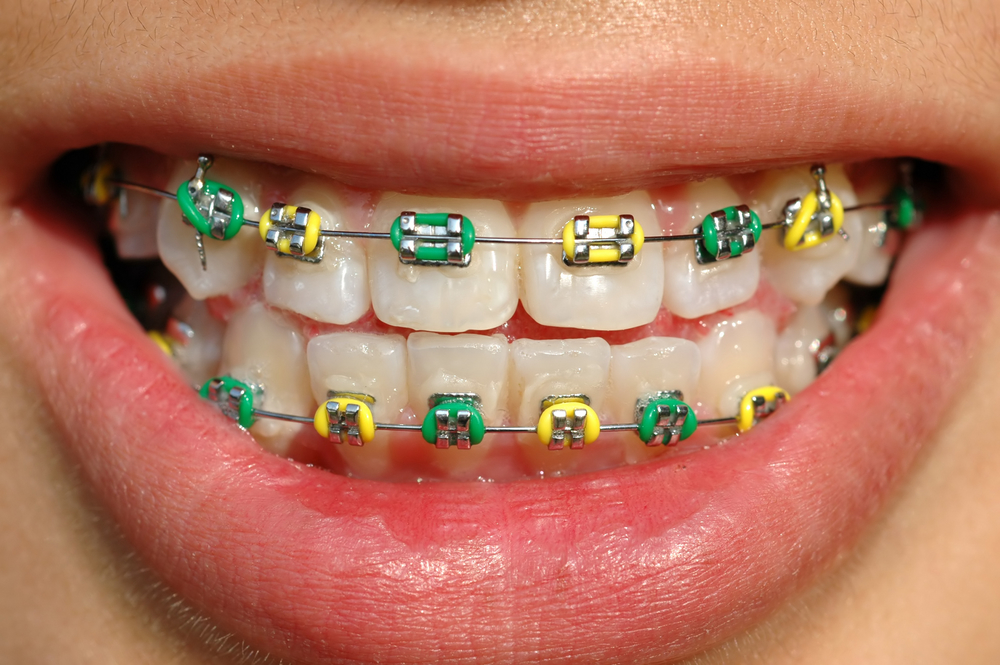Orthodontic Treatment
When there is a mismatch in the tooth size and jaw size the teeth are not aligned properly developing malalignment (bite problem).
In a normal bite, the upper and lower teeth fit together while biting.The teeth can function normally without putting pressure on the jaws and joints which in turn leads to T.M.J disorders.

The common bite problems we encounter are,
- Overbite
Where the upper teeth protrudes too much and the lower teeth are much behind making it difficult to bite. - Openbite
As the name suggests, the front teeth don't meet at all, making the speech swallowing, biting difficult; which in turn puts huge pressure on the lips, cheeks and teeth leading to malocclussion. If it is not corrected early this remains for life time. - Crossbite
As the name suggests, few or more teeth in the jaw meet in the opposite way unlike the actual upper teeth enclosing the lower outer cusp. This should be corrected at the earliest possible to allow the jaws to take a normal growth pattern. In crossbite, if the upper teeth are enclosed inside the lower teeth the upper jaw growth is restricted and the profile looks concave. It should be corrected before the growth is over or it becomes more complicated to correct. - Deepbite
Upper front teeth closes too much of the lower front teeth making the lower teeth touching the tissues behind the upper teeth. This makes it hard for the tissues due to constant inflammation and eventually making the tooth weak. - Crowding
This can make the teeth zig zag in the jaw making efficient cleaning impossible, making those teeth prone for gingivitis in turn periodontitis and eventually loss of teeth as well.
All the above conditions can be corrected by wearing braces.
Braces Can be,
- Metal Braces
- Ceramic Braces
- Plastic Braces
- Clear Aligners
- Invisalign
- Lingual Braces
- Functional Appliances
- Orthodontic Trainers
Invisalign

Dental Braces
